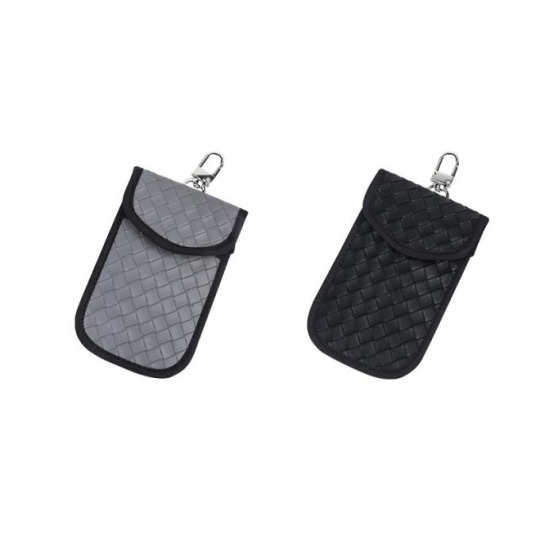#RFID Card Holder
Text
There are several methods for RFID Blocking Pouch
An RFID blocking pouch is a specialized container designed to protect RFID (Radio Frequency Identification) enabled cards, passports, or other devices from unauthorized scanning or skimming. These pouches are typically made of materials that block or attenuate radio waves, preventing RFID signals from being intercepted or read by unauthorized individuals or devices.

RFID technology uses radio waves to transmit data wirelessly between a reader and an RFID-enabled device, such as a credit card, passport, or key card. While RFID technology offers convenience in various applications, such as contactless payment and access control, it also poses a security risk. Hackers can use RFID skimming devices to intercept and steal sensitive information, such as credit card numbers or personal identification data, from RFID-enabled cards or passports without physical contact.
RFID-blocking pouches work by incorporating materials that interfere with or block radio waves, such as metal-infused fabric or specialized shielding materials like Faraday cages. When RFID-enabled cards or devices are placed inside the pouch, these materials prevent external RFID readers from accessing the embedded information, effectively shielding the cards from unauthorized scanning or skimming.
RFID blocking pouches come in various forms, including sleeves, wallets, passport holders, and bags. They are commonly used by individuals who want to protect their sensitive information from electronic theft, especially when traveling or in crowded public spaces where the risk of RFID skimming is higher.

It's important to note that while RFID blocking pouch can protect against unauthorized scanning, they may not offer complete security against all types of RFID skimming attacks. Additionally, they do not protect against other forms of identity theft, such as physical theft or phishing scams. Therefore, it's essential to use additional security measures, such as keeping cards and personal information secure and monitoring account activity regularly, to mitigate the risk of identity theft.
1 note
·
View note